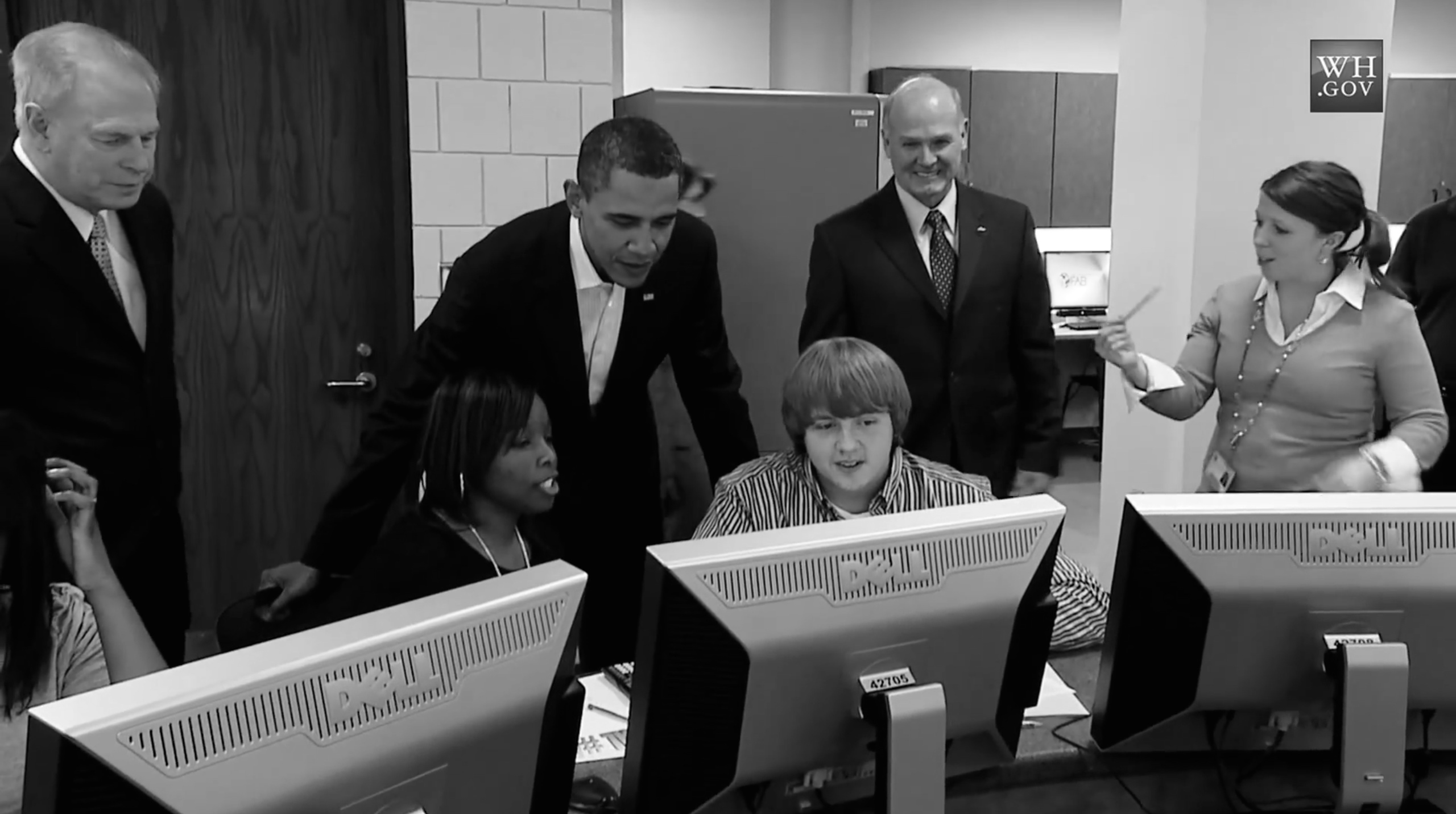
The progression of time is a great thing – as the years go by, historically disadvantaged people are given opportunities they didn’t have before. Slaves were eventually granted emancipation, women gained the right to vote and more Americans got access to primary, secondary and even post-secondary education. At least if they were well off, according to a recent study.
A report by the Alliance for Higher Education and Democracy and the Pell Institute for the Study of Opportunity in Higher Education examining college costs and degree attainment found a large gap in college completion between our nation’s richest and poorest students. Instead of shrinking as time goes on, this gap has actually doubled in the last 45 years.
While the percentage of students from low-income families who obtain bachelor’s degrees has only increased from 6 percent to 9 percent since 1970, the percentage of students from wealthier families who are seeking B.A.s has gone from 44 percent to 77 percent – a drastic and horrifying difference.
Additionally, 99 percent of students from the highest income families (those making over $108,650 a year) graduate by age 24. This is true for only 21 percent of students from the lowest income families (those making under $34,160 a year).
The government sparked a movement almost a century ago that made high school widely available and virtually transformed the education and workforce systems in America. Providing Americans with better education, training and jobs led to economic growth, prosperity and a title as one of the smartest nations in the world.
As times changed, however, high school diplomas stopped being as impressive or sufficient as they once were. Most students now need at least an associate’s degree to get a chance at a job that will provide them with a living wage.
Our country needs another movement for education.
One such movement, and a possible solution to closing the gap, could lie in President Barack Obama’s America’s College Promise proposal, which would provide hardworking students who meet certain criteria with two years of free community college, giving them the stepping stone they need to attain a four-year degree.
The White House fact sheet for the proposal states, “Today, more than ever, Americans need more knowledge and skills to meet the demands of a growing global economy without having to take on decades of debt before they even embark on their career.”
Not only could this help students from lower-income families participate in a higher paying, more global workforce, but it could give them the encouragement and hope they need. Countless students, faced with daunting financial hurdles or a lack of resources, don’t try to pursue college because, even if they have the grades, they simply can’t afford it.
According to the White House fact sheet, if all states participated in the new proposal, nine million students could benefit, and the average full-time community college student could save close to $4,000 a year.
Some argue that students in need already have resources to go to college, such as scholarships and Pell grants. While this is true, these awards are competitive and don’t always do enough. The Alliance for Higher Education and Democracy and Pell Institute study found that the maximum Pell grant award hasn’t kept up with the rising cost of college. In other words, Pell grants covered 67 percent of college costs in 1975 but only 27 percent in 2012. According to my estimations, that number is probably closer to 20 percent today with the rising cost of tuition each year.
Scholarships and grants are great, but it’s time we did something more drastic to help students achieve a good education.
My opinion is not a universal one. I believe if people have the grades, work ethic and desire to go to college, they should be able to go. Some may say the more who get a degree, the more the value of that degree drops, making a B.A. the equivalent of a high school diploma. My response is simple: Great. Bring it on.
I’m lucky enough to get an amazing education, and I want that for others. I want them to be able to keep learning after 12th grade and to take classes that actually pertain to their interests and will inspire them. If a bachelor’s isn’t as marketable anymore, people can shoot for a master’s. If I have to convince employers to consider me based on my own merit, my personal skills and experience, then I’m up for the challenge. I would never discourage others from getting a better education simply because it might not make me as “special.” Education is not a competition, and it should not be available only to a certain hierarchy of students.
As Nobel Peace Prize winner Malala Yousafzai said, “Education is education. We should learn everything and then choose which path to follow.”
Jamie Bernard can be reached at bern2479@stthomas.edu.




Thank you for writing such a great piece Jamie!
It would be wonderful if every young person had the chance for a College Education.
Congratulations Jamie on a very timely and important article. Mitch Daniels ex-governor of Indiana, current president of Purdue University spoke with members of Congress, yesterday, March 18, 2015. He is suggesting they consider new and creative approaches to financing higher education programs. It would be great if he could read your article.